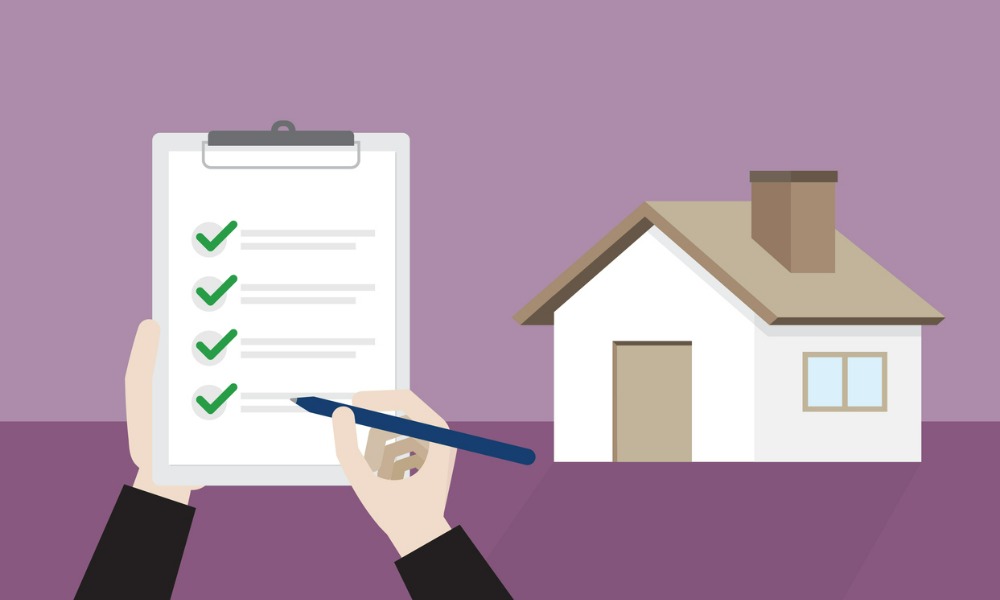Peak body releases comprehensive "Getting Real 2.0" report

The Real Estate Institute of Australia has recently unveiled the second edition of "Getting Real 2.0 – getting real about Australia's housing crisis." This report aims to tackle the pressing property issues faced by Australians head-on, REIA said.
Hayden Groves, president of the REIA, said that "Getting Real 2.0" presents practical and community-centric policies that address a range of issues, with a particular emphasis on the severe shortage of housing supply across Australia.
“There is no single issue in the minds of Australians – as property consumers, taxpayers, and voters – that is more prominent and more urgent than Australia’s current housing crisis,” Groves said. “Every Australian holds the dream of a secure home – a cornerstone of their future. But for many, this aspiration is hindered by our nation’s deepening housing crises. Additional challenges like stubbornly high inflation and rising interest rates have brought a new dynamic to the fore.”
Key policy priorities identified by the REIA in "Getting Real 2.0"are:
- addressing the housing supply shortage
- safeguarding the digital domain
- promoting sustainability initiatives
- upholding ethics in real estate transactions
- reassessing land availability and zoning to optimise housing supply
Apart from addressing the housing crisis, "Getting Real 2.0" also delves into other pertinent issues facing Australians, including cybersecurity and environmental sustainability. Groves stressed the need to protect homeowners and renters from cybercrime, especially in light of recent high-profile incidents at major corporations. Cybersecurity was ranked as the third most pressing challenge by member institutes of REIA.
Read next: Borrowing capacity a key concern, says broker
Environmental sustainability in real estate has also emerged as a key focus as Australia aims to transition to a net-zero economy. While progress has been made in promoting sustainable real estate in new developments, a significant portion of Australia's residential housing fails to meet these standards. Furthermore, around 60% of commercial and industrial properties only receive a Grade B rating on the National Australian Built Environment Rating System (NABERS) scale, ranging from 3.5 to 4 stars.
The report found that Australia is still grappling with a shortage of housing supply, a concern that was identified as the top priority by Real Estate Institutes during the development of "Getting Real 2.0."
Since June 2021, housing and rental supply shortfalls have dominated markets, media headlines, and political agendas. The National Housing Finance Investment Corporation (NHFIC) projects a massive supply shortfall of approximately 106,000 dwellings by the next financial year. In response, the state, territory, and federal governments have committed to the National Housing Accord, aiming to return to pre-COVID completion levels and construct 1.2 million new homes by 2030.
“The housing crisis has been described as abysmal, as a handbrake to Australia’s economy and a catastrophic failure of government foresight. It is all these things and more,” Groves said. “At REIA, we are optimistic that a collaborative, well considered and clear plan for injecting housing supply into the community will solve many of the housing challenges we face.”
REIA has also increased its support for the commercial property industry and is actively working to address major obstacles within the current planning and zoning frameworks that hinder both the residential and commercial real estate sectors.
Check out the full “Getting Real 2.0” report here.
Have something to say about this story? Let us know in the comments below.



